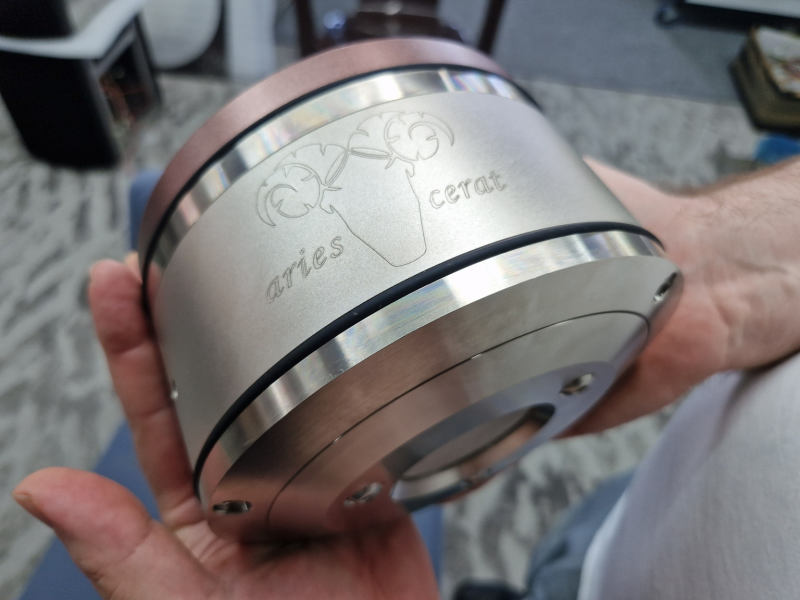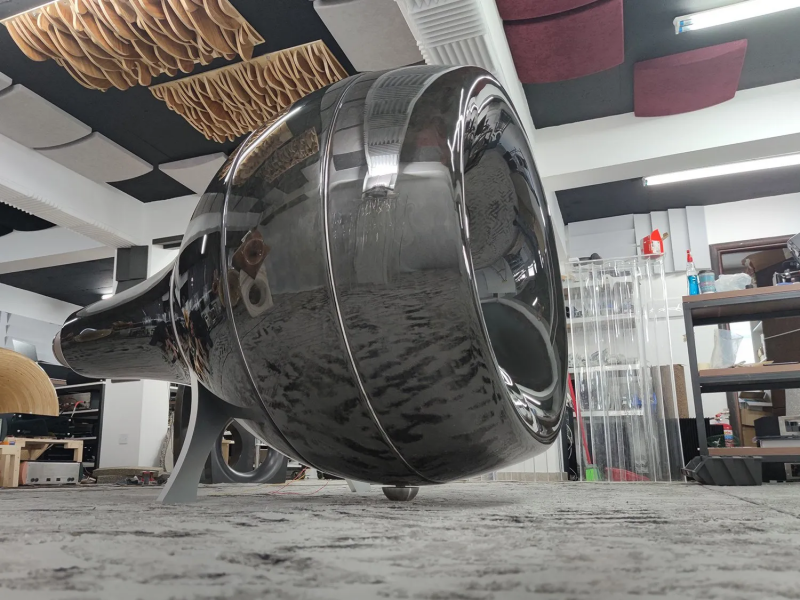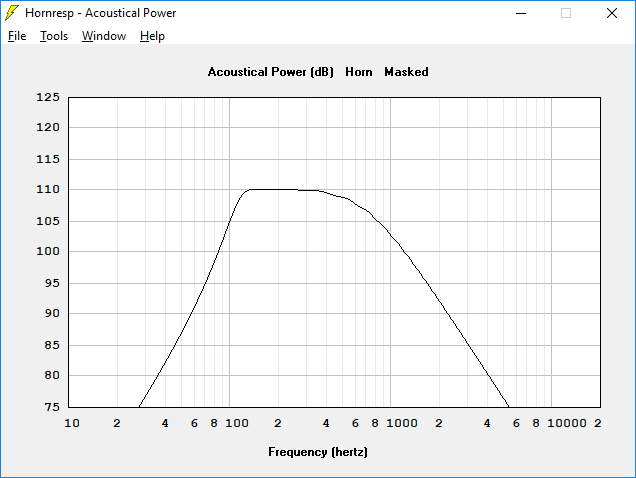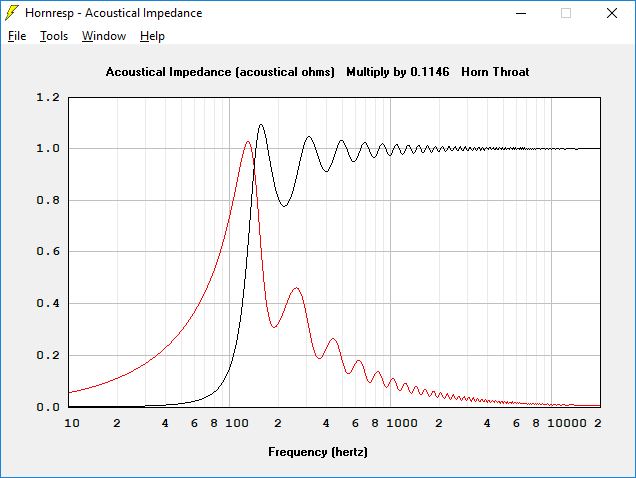To put phenomena such as VC heating, power compression, etc. into perspective, it is useful to draw inspiration from the past.
By focusing on (increasing) system efficiency, it is very unlikely that you will ever encounter such problems in a home environment.
Moreover, you also get a number of extra 'features'.
My brother has extensively experienced the system below, which is (theoretically) efficient enough to be powered by the output of an iPhone.
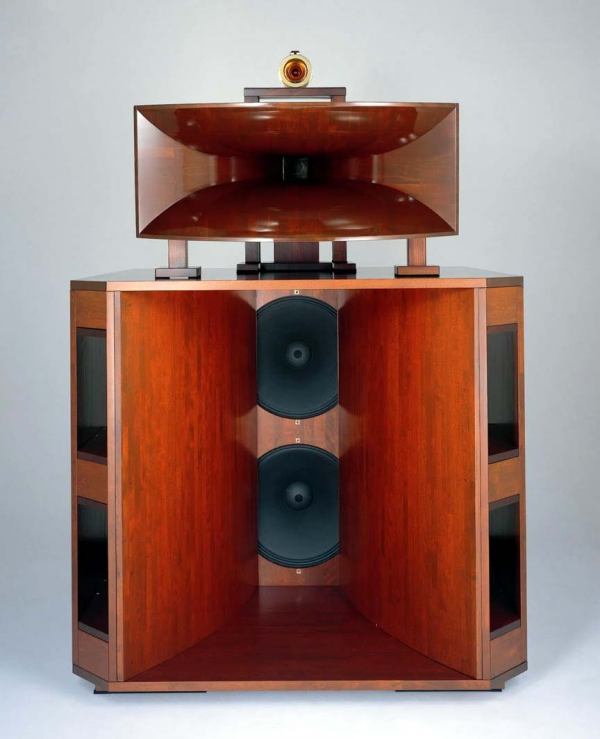
By focusing on (increasing) system efficiency, it is very unlikely that you will ever encounter such problems in a home environment.
Moreover, you also get a number of extra 'features'.
My brother has extensively experienced the system below, which is (theoretically) efficient enough to be powered by the output of an iPhone.













